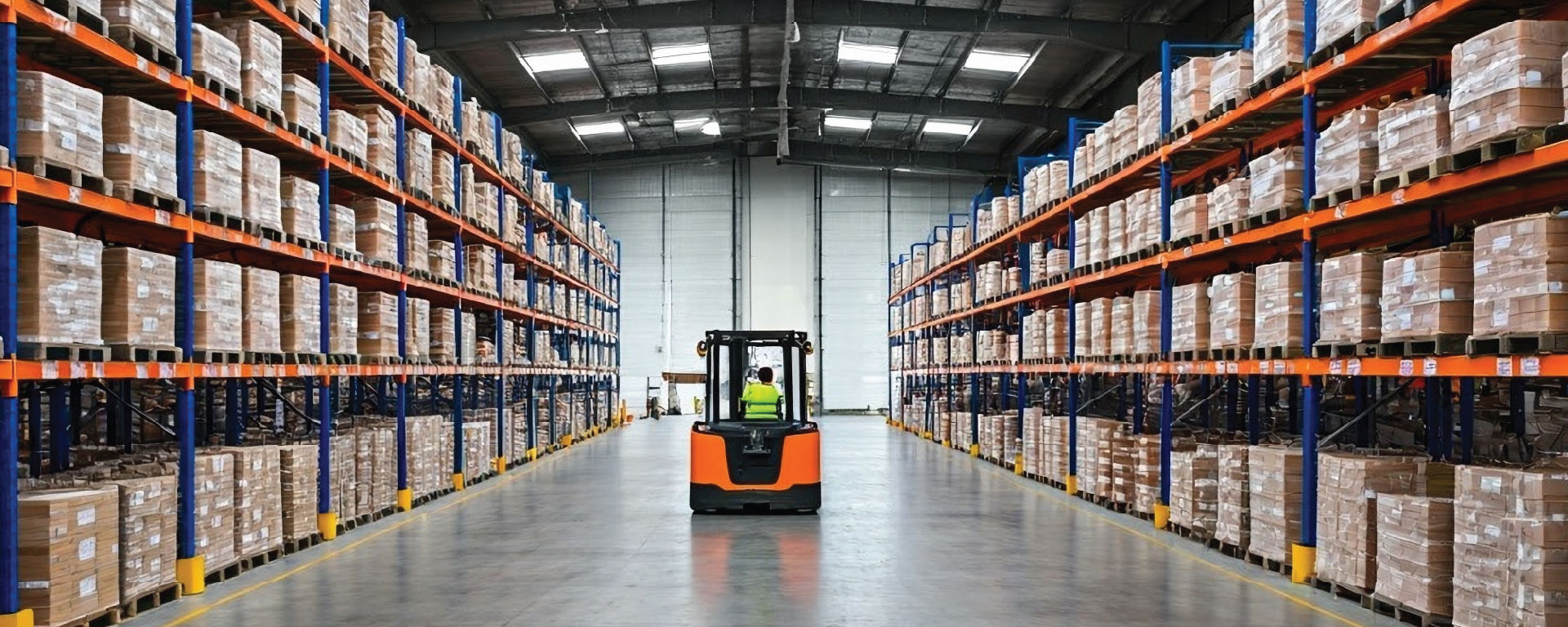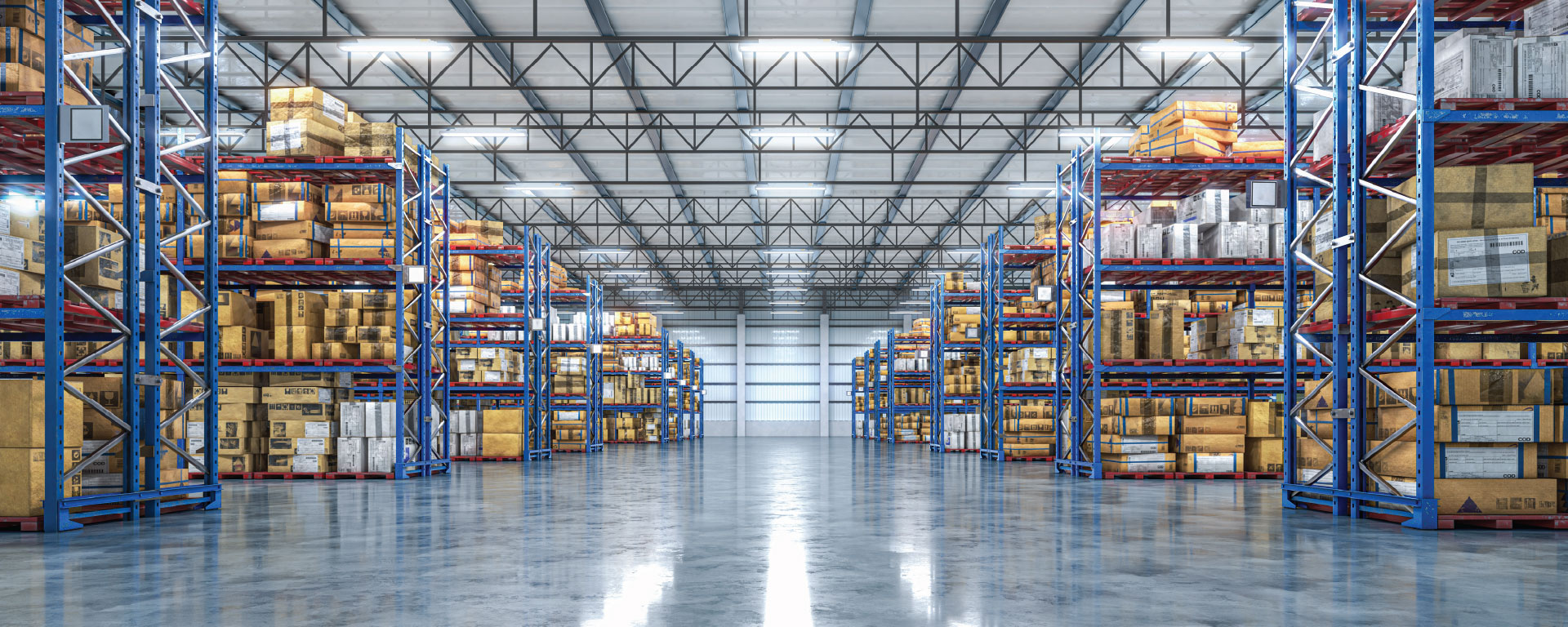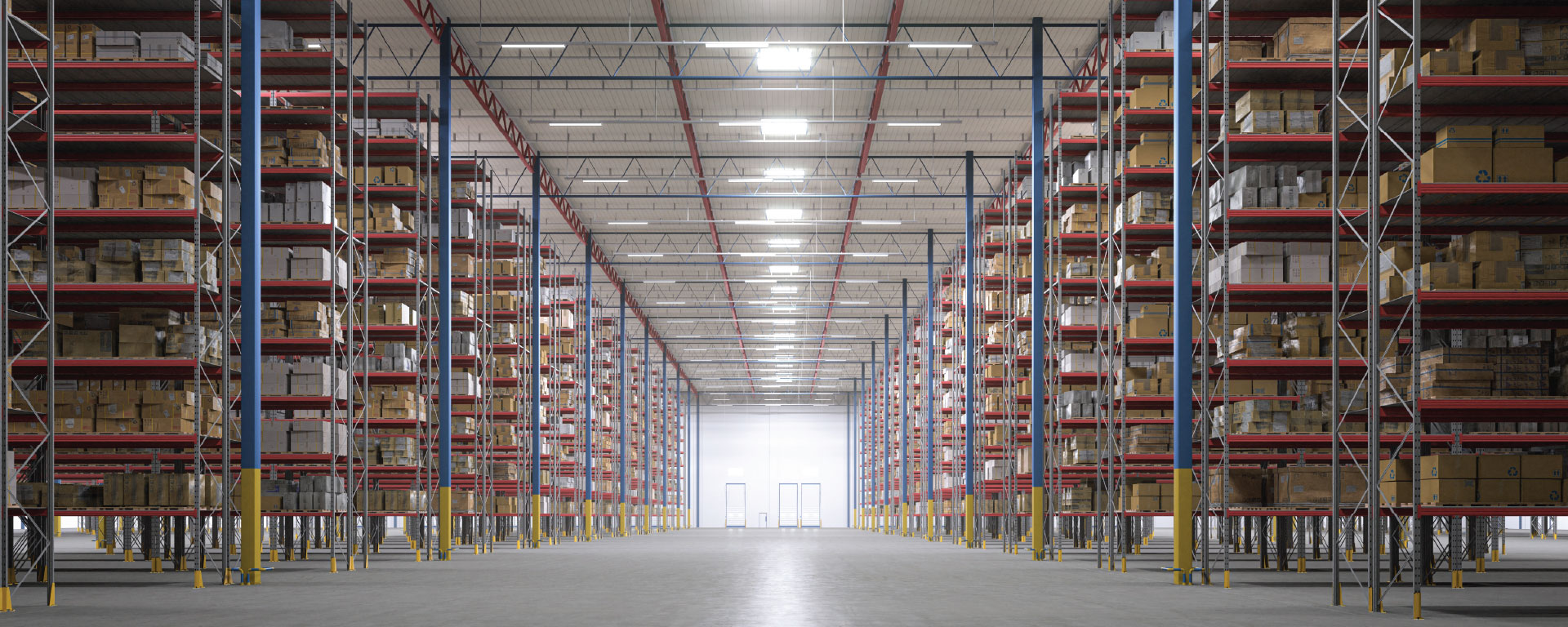Multimodal Logistics Parks have emerged as a pivotal solution to the complexities and inefficiencies plaguing global supply chains. As these chains are undergoing a profound transformation, businesses are seeking innovative solutions to navigate these challenges.
With high hopes for India, the finance minister concluded that the country stands as an island of resistance in the sea of a volatile economy. She projected that India matches forward to become the second largest economy by 2047.
At the forefront of this revolution is the multimodal logistics park, a strategic infrastructure hub that integrates various transportation modes. Consisting of road, rail, air, and water – they create a seamless and efficient logistics ecosystem.
Join us in this piece as we reveal a strategy to smooth sailing ahead in these turbulent times.
Present condition of the county
Around 13-14% of the GDP of the county is channelled towards logistics costs, whereas 8- 11% is the statistics for most major economies.
The factors affecting this surge are infrastructure and timeliness. The major chunk of the cost is spent on transportation. Around 60% of Indian freight is carried through the roads, making it time-consuming and inefficient. Apart from this, the limited mechanization of the warehouses and complex administrative process makes logistics more expensive.
As a solution, the government is steadily fortifying the relevant infrastructure and looking at a multimodal logistics park to achieve a streamlined experience.
What is Multimodal Logistics Park?
A multimodal logistics park is emerging as a pivotal infrastructure hub in India’s quest to become a global logistics powerhouse. These integrated facilities, strategically located at key transportation junctions, are designed to streamline the movement of commodities. By consolidating warehousing, transportation, and more under one roof, multimodal logistics park are significantly improving trade.
Commodities are transported through multiple modes of transport but by the hands of a sole operator. Under a single contract, sellers can hand over their logistics to reach their destination from their place of origin. However, finding a reliable and sustainable multimodal logistics park partner is crucial.
In the current economic climate, with the influx of e-commerce paired with supply chain complexities, multimodal logistics park are proving to be indispensable for businesses. The country continues to focus on infrastructure development and digital transformation. Meanwhile, the role of MMLPs in driving economic growth and creating employment opportunities is set to become even more pronounced.
Salient features of MMLPs
When discussing multimodal logistics park, knowing about the features is of utmost importance. Check out as we discuss:
- Integrate transportation modes: The multimodal logistics park is designed to integrate various modes of transportation seamlessly. Rail, road, air, and water conveyances facilitate efficient cargo movement.
- Mechanized warehouses: These multimodal logistics park provide modern, mechanized warehouses equipped with advanced technology for a streamlined experience.
- Customs clearance: On-site customs clearance facilities expedite the import and export processes. Thereby reducing clearance time and costs.
- Value-added solutions: The multimodal logistics park offers a wide range of value-added services, including packaging, labelling, assembly, and more, thus enhancing the overall logistics value chain.
- Real-time tracking: Advanced IT systems offer real-time tracking, inventory management, and supply chain visibility.
- Green movement: Many multimodal logistics park incorporate green initiatives as an added benefit to the environment.
- Joint-sector partnerships: Most multimodal logistics parks are developed through public-private partnerships. This allows businesses to leverage the strengths of both sectors.
By combining these elements, these multimodal logistics park create a holistic logistics ecosystem. Thereby optimizing supply chain efficiency, reducing costs, and enhancing overall trade facilitation.
How multimodal logistics parks are changing the logistic sector
These state-of-the-art facilities are reshaping the industry in several ways. Let’s look at how:
1. Centralized location
As these multimodal logistics park are located at vantage points, they offer easy access to airports, railway stations, highways, and more. With easy connectivity and various modes of transportation, they not only save money but also time.
2. Latest technology
The multimodal logistics park has modern warehouses equipped with the latest technology. Not only do they assist in inventory management, but RFID and GPS tracking systems also enable e-commerce partners to track their cargo in real time.
3. Job Creation
The development of a multimodal logistics park generates employment opportunities in various sectors.
4. Custom Clearance
This is another additional benefit that makes it easier to import and export commodities, reducing costs and making the process efficient.
5. Promotion of Domestic Manufacturing
By offering world-class logistics infrastructure, the multimodal logistics park attracts global manufacturers, boosting domestic production and exports.
Ending notes
As logistics continues to expand, the government is focusing on multimodal logistics park. These sophisticated hubs are the pioneers of paving the path for a nation that can reduce its percentage of GDP channelled towards logistics.
However, integration of various processes at all levels is crucial. Whether operating in the public or private sector, knowing the intricate operations of a multimodal logistics park is important. With the help of professional service providers, adapting new changes will be easy for you.





